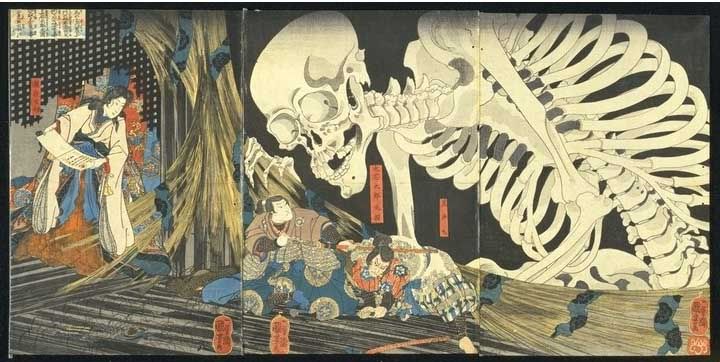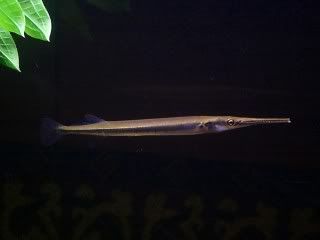Satisfying, fresh:
Inverts so many horrors
Lurking in the woods
Inverts so many horrors
Lurking in the woods
Poetry, science fiction, fantasy, horror, and culture from a Lao American perspective.
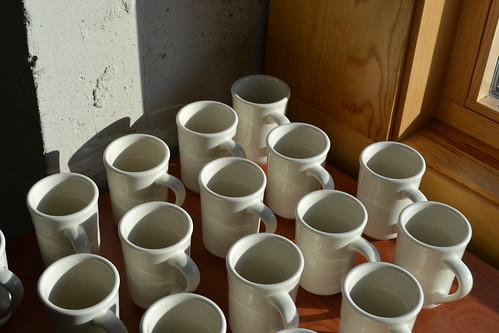


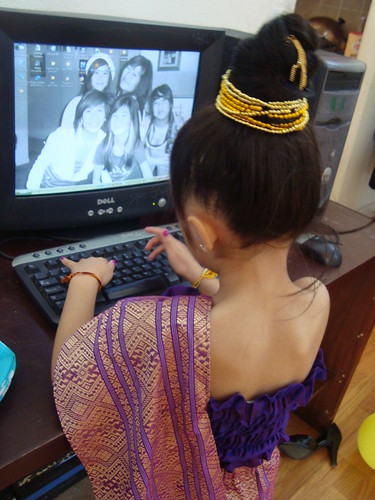
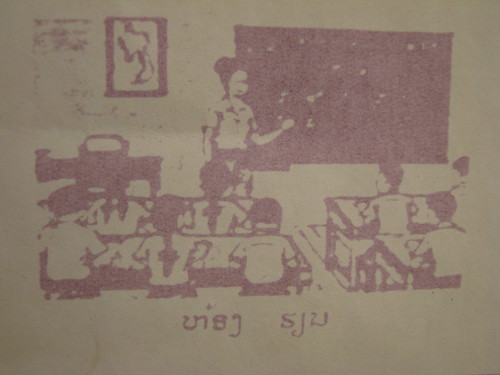


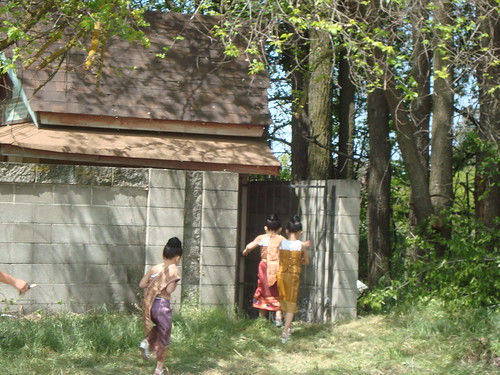


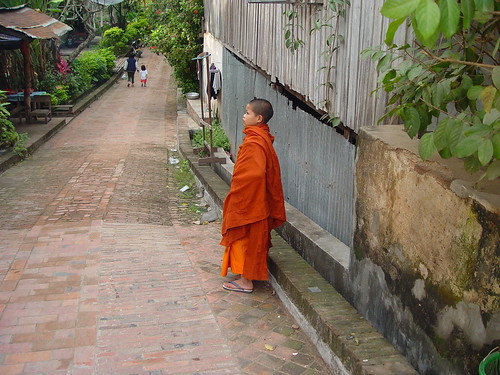
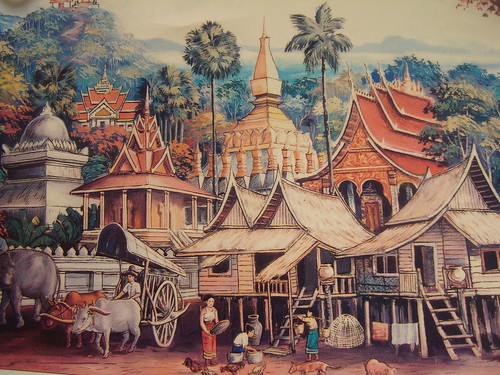

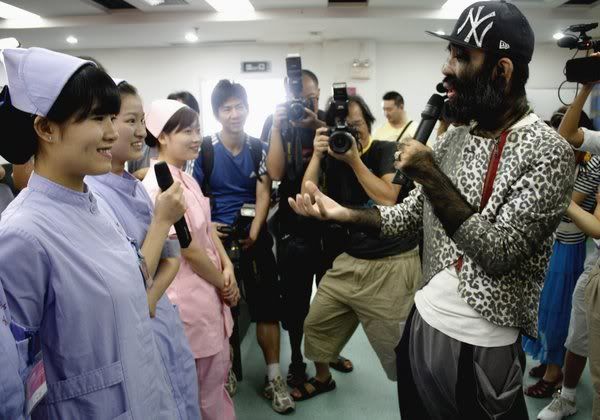
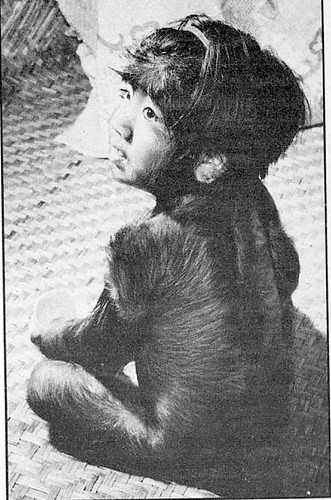

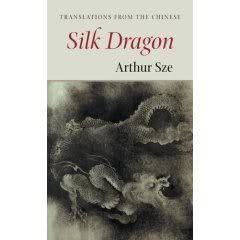
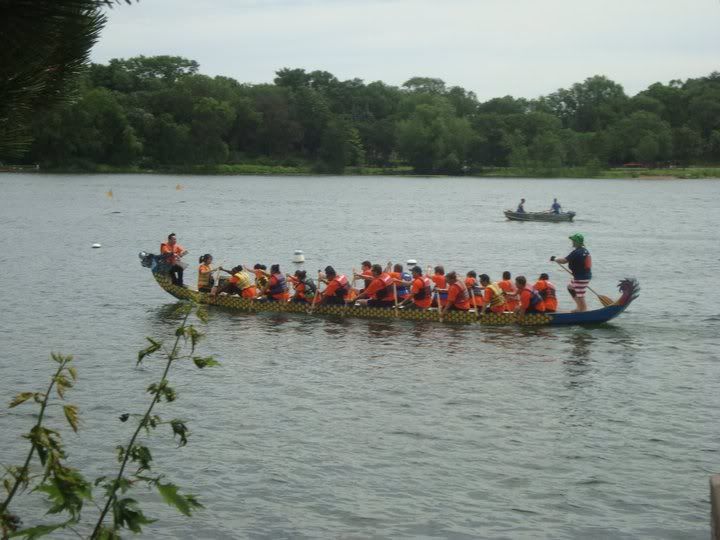
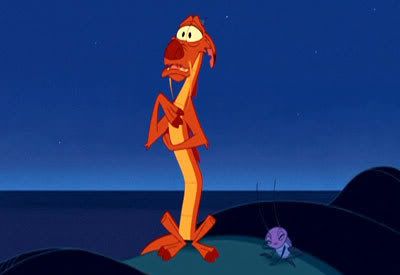
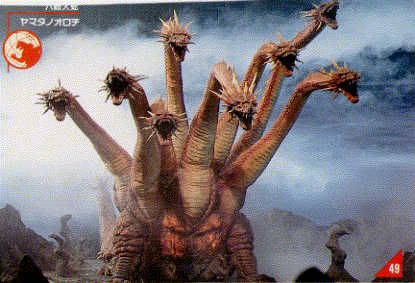
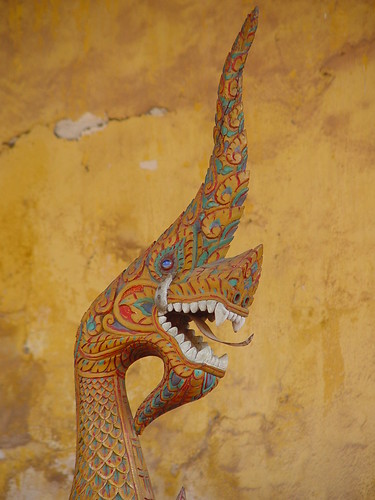
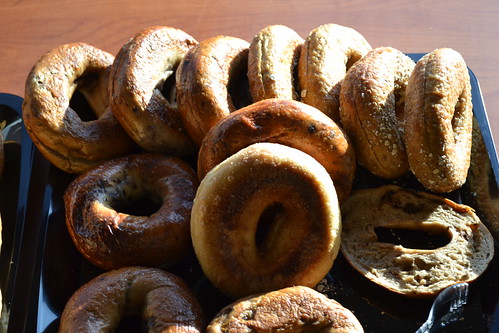







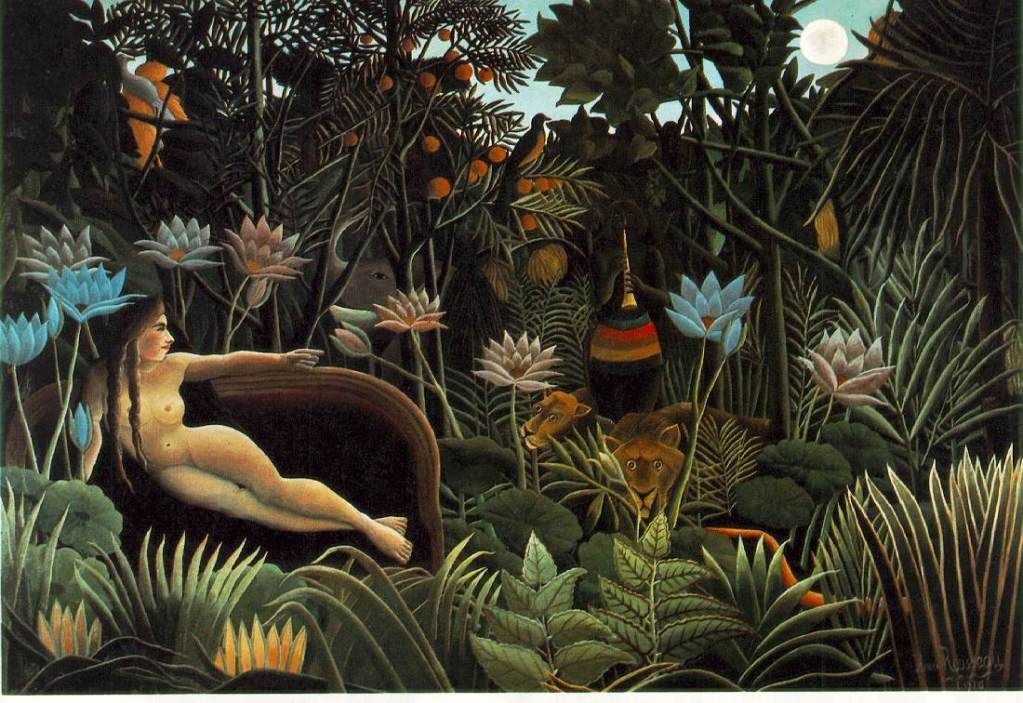
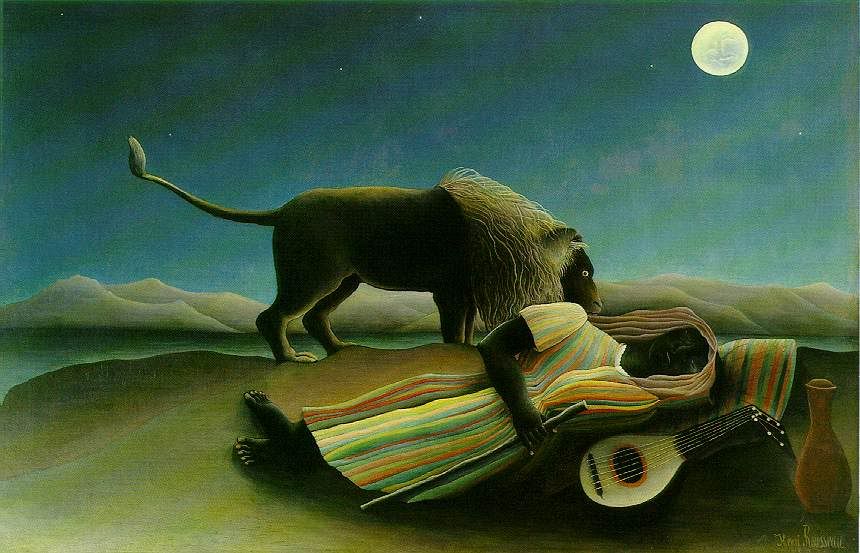



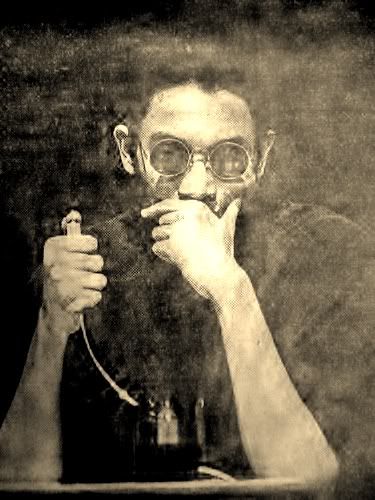



Chung-Wha Hong is Executive Director of the New York Immigration Coalition (NYIC), based in New York City. Under her leadership, the coalition has grown to a membership of 200 diverse organizations across the state. NYIC's victories include winning precedent setting language access policies at government agencies, expanding the rights of immigrant students, tenants, workers and families, and increasing funding for services for immigrant communities. In addition to winning policy victories, the NYIC has become an effective vehicle for immigrant communities to come together to take collective action, develop leadership and increase electoral and civic participation.
|

Barbara Poley is Executive Director of
The Hopi Foundation, based on the Hopi reservation in Kykotsmovi, AZ. She works to strengthen communities through collaborative and innovative programs that preserve and enhance the traditional Hopi way of life while helping indigenous people meet the challenges of the technological era. These include community radio station KUYI; the Natwani Coalition, promoting traditional farming practices that create a path to a healthy lifestyle, and a program for emerging leaders.
|

Jamala Rogers is a founder of Organization for Black Struggle (OBS) based in St. Louis, MO. For over 40 years, with OBS and other organizations, Jamala has been in the forefront of organizing for human dignity, economic justice and political empowerment. She has led many multi-racial campaigns including for police local control and against the death penalty, and helped exonerate wrongfully-convicted persons. Jamala is also a long-time columnist with the St. Louis American newspaper.
|
 Kabzuag Vaj is founder and Co-Executive Director ofFreedom, Inc., based in Madison, WI. Growing out of work she began to support Hmong girls and women, Freedom, Inc. now comprises both Southeast Asian and African American families, including LGBTQ youth of color. The organization aims to end violence and promote healthier living by organizing around root causes, defining new solutions, and enabling low-income and no-income community members to become agents of change. Kabzuag Vaj is founder and Co-Executive Director ofFreedom, Inc., based in Madison, WI. Growing out of work she began to support Hmong girls and women, Freedom, Inc. now comprises both Southeast Asian and African American families, including LGBTQ youth of color. The organization aims to end violence and promote healthier living by organizing around root causes, defining new solutions, and enabling low-income and no-income community members to become agents of change. |
Marcos Vargas is founding Executive Director ofCentral Coast Alliance United for a Sustainable Economy (CAUSE), based is Ventura, CA. In building CAUSE, Marcos brought together community, faith-based and labor organizations, and combined policy research, leadership development, organizing, and advocacy to build grassroots power. Since its formation in 2001, CAUSE has led successful efforts around living wage jobs, accountable development, health coverage expansion, women's economic justice, fair representation, and community support for union organizing campaigns.
|
Gina Womack is co-founder and Executive Director ofFamilies and Friends of Louisiana's Incarcerated Children (FFLIC), based in New Orleans. By empowering families to take leadership she has built an organization that began as a small support group for parents of incarcerated children into a force for change in Louisiana. FFLIC has succeeded in securing sweeping reforms, including the closure of two juvenile prisons, and is currently working to interrupt the school to prison pipeline.
|


